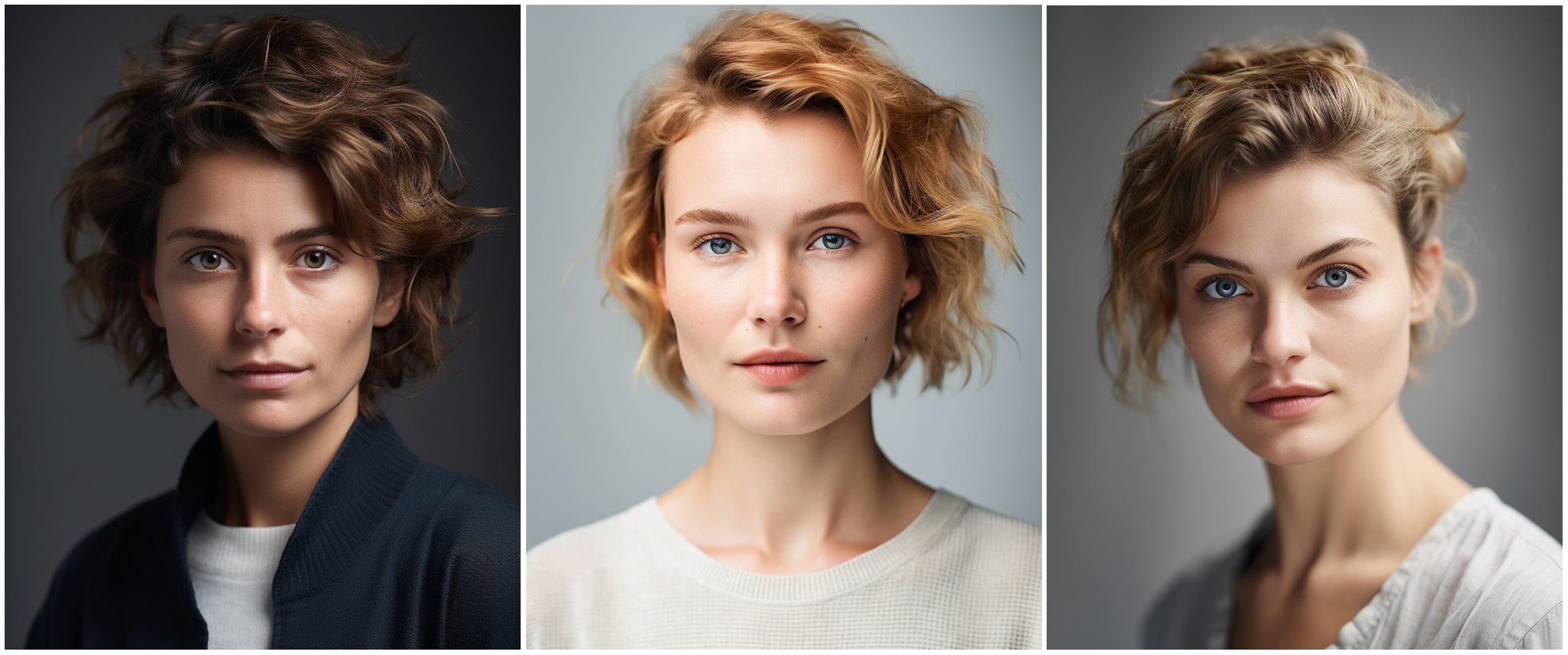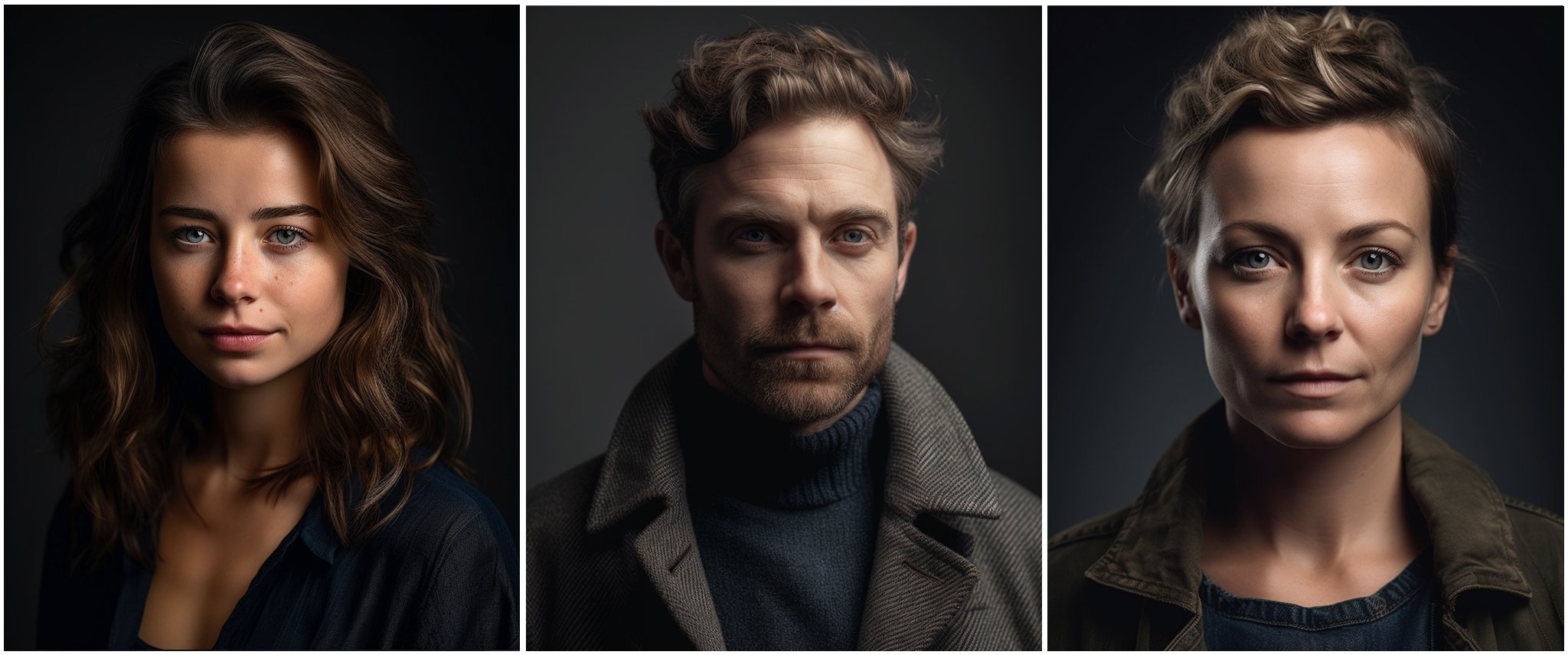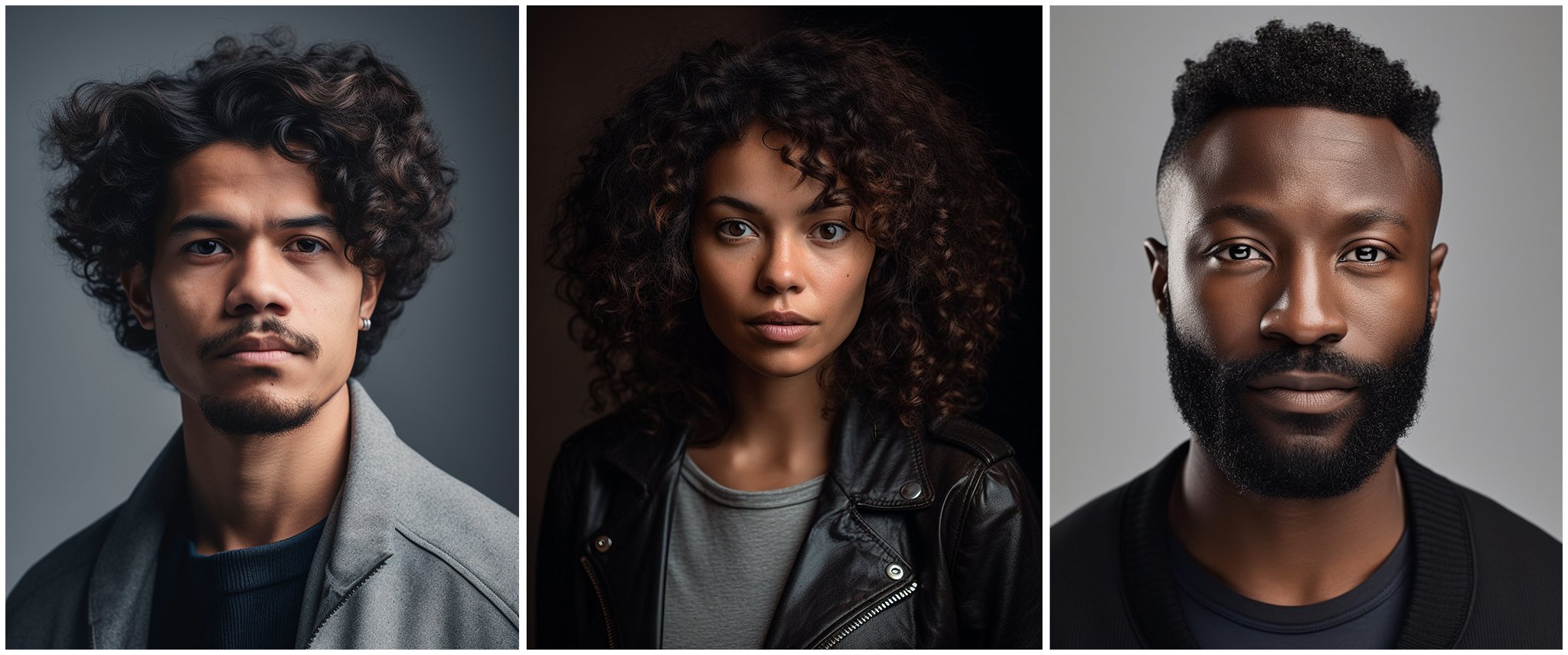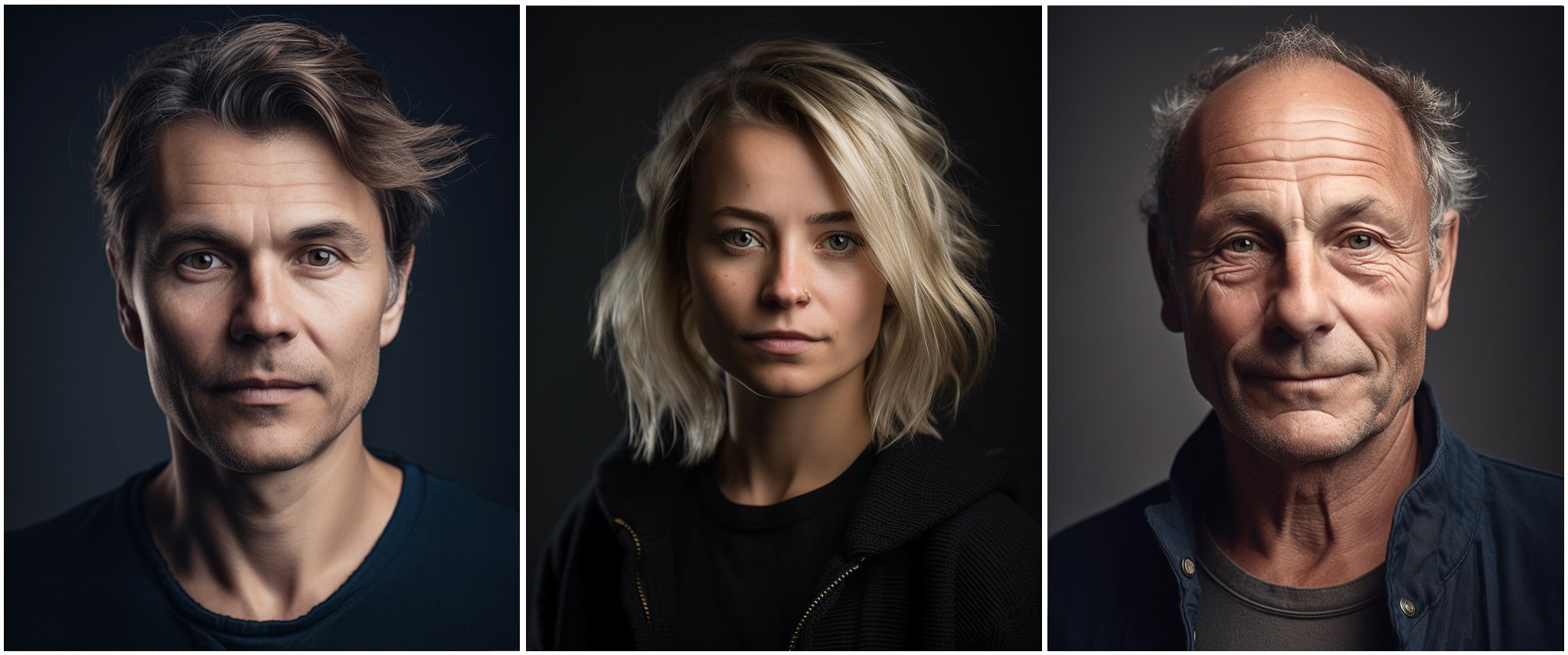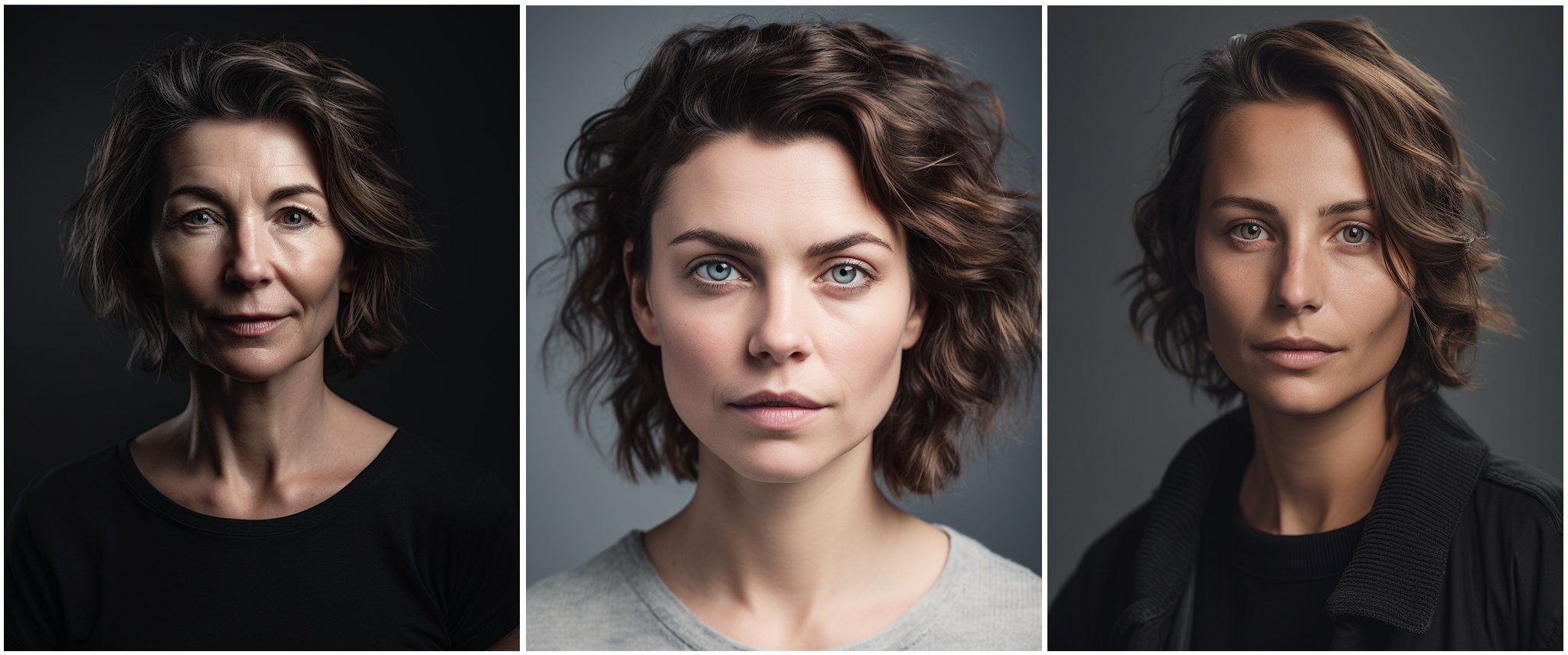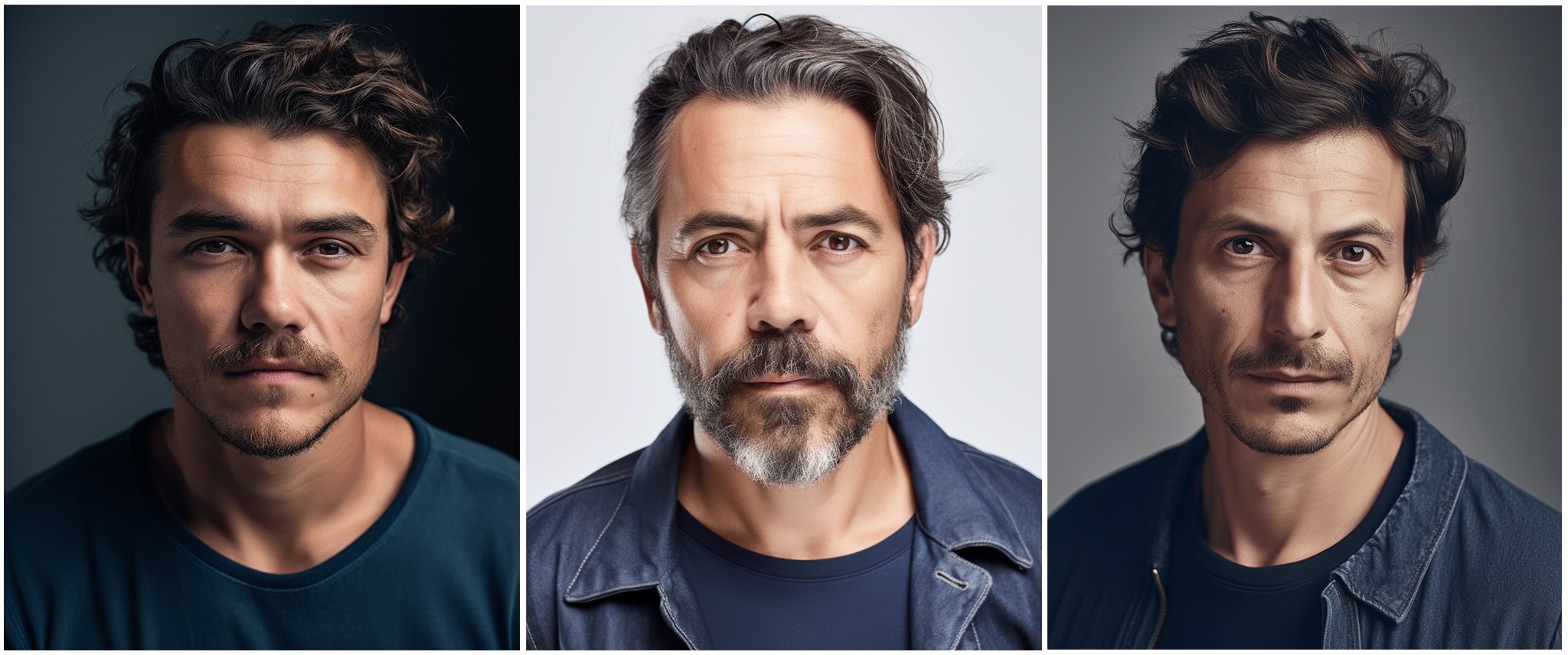TRACING THE CHANGES IN THE BEAUTY INDUSTRY AND THE IMPACT OF TECHNOLOGY
Introduction
Over time, the beauty industry has seen significant changes, largely as a result of the development of digital technologies. The perception and conceptualization of beauty have undergone major change as a result of the introduction of Photoshop in the early 1990s and the subsequent development of generative art programs like Midjourney. This essay looks at the effects Photoshop has had on the beauty sector and how generative art tools like Midjourney are changing it
The Photoshop Revolution
The beauty business relied extensively on traditional techniques, such as cosmetics and lighting, to enhance a person's appearance in images before Photoshop was invented. Yet, the invention of Photoshop made picture retouching and alteration more accessible and effective.
The use of Photoshop in the beauty sector has resulted in both positive and bad effects. On the one hand, it has given artists the freedom to experiment with new methods, creating stunning images that were previously unimaginable. On the other hand, technology has promoted irrational beauty standards because digitally manipulated photographs set an impossible ideal for appearances in real life.
The extensive use of Photoshop in the beauty sector has also sparked debate over the moral implications of image modification. While people strive to achieve, many claim that it promotes a culture of insecurity.to attain a level of perfection that is often unfeasible.
The Emergence of Generative Art Tools
The cosmetics business has seen another transformation thanks to generative art technologies like Midjourney. Midjourney can create lifelike portraits of hypothetical people using cutting-edge AI algorithms. These photos, which may frequently be mistaken for real photographs, have opened up new possibilities for the fashion and cosmetics industries.
Generative art technologies have advanced to the forefront of creativity and personalisation thanks to their ability to produce photorealistic representations of hypothetical people. Without relying on conventional models, brands can now create marketing campaigns with a variety of various faces. This innovation encourages a more inclusive expression of beauty while also lowering costs.
Moreover, generative art programs like Midjourney have encouraged artists to test out cutting-edge aesthetics and approaches. These tools have opened up new channels for self-expression and creativity by fusing human brilliance with artificial intelligence.
The Double-Edged Sword of Technology
The use of generative art tools in the beauty business has advantages and drawbacks, just like Photoshop. There is no denying that it is a positive development to be able to produce more inclusive and diverse depictions of beauty. But, the inherently real nature of these instruments raises further worries about the potential aggravation of beauty standards.
The line between truth and fantasy is blurred as AI-generated photos become more and more similar to photographs taken in real life. This raises concerns about the effects on self-esteem and body image in a society where beauty is completely manufactured rather than just altered.
The Future of Beauty: Striking a Balance
A balance between embracing innovation and upholding authenticity is crucial as the beauty business develops in response to technology improvements. While generative art tools like Midjourney have the ability to advance diversity and inclusivity, it is critical to be aware of the potential negative effects that could result from maintaining unreachable and artificial aesthetic standards.
The challenge for the beauty sector is to harness the power of these technologies ethically, using them as tools to promote beneficial change rather than perpetuating harmful notions. We can contribute to a future that honors the distinctive qualities that make each person genuinely beautiful by fostering open discussions and embracing a more inclusive and realistic perspective of beauty.
Conclusion
In conclusion, the development of digital technology—from the invention of Photoshop to the rise of generative art programs like Midjourney—has had a significant impact on the beauty business. Although these technologies have increased the scope for creativity and diversity, they also carry the risk of supporting false and unachievable aesthetic standards. The industry must find a balance between embracing innovation and upholding authenticity going forward. We can foster a good environment that embraces the distinctive and various features that make each person truly beautiful by using these tools responsibly and fighting for a more inclusive and realistic vision of beauty. In the end, it is our joint efforts that will have the most influence over the direction the beauty industry takes.
N.B. The images that support this blog entry were all created with a well crafted bespoke series of text prompts. The images were brought to life using Midjourney V5.
